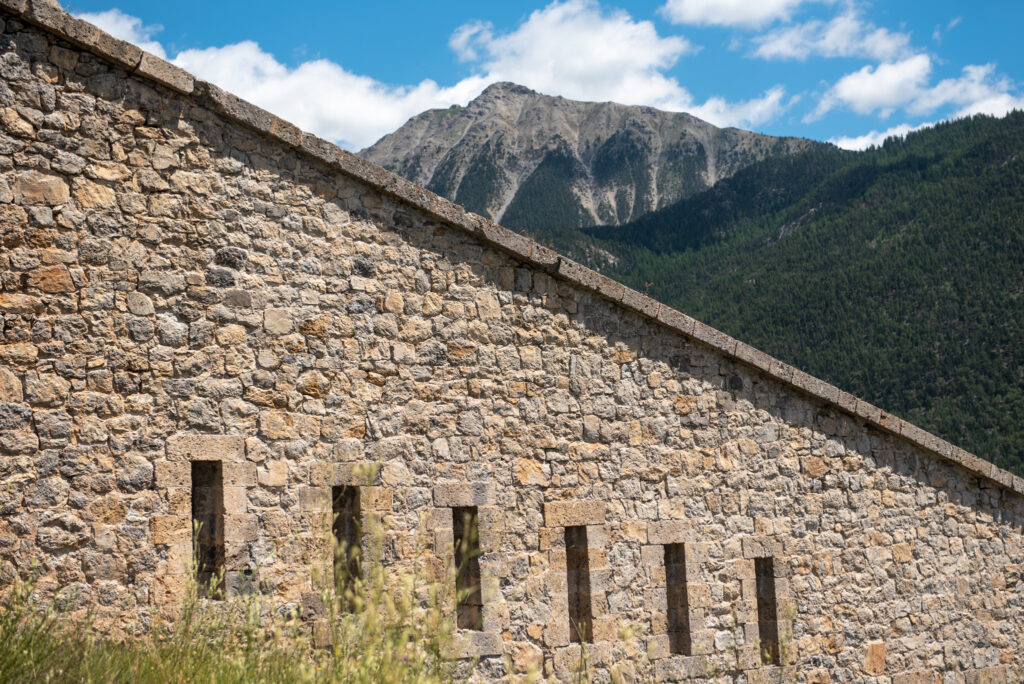
The Sun King is alarmed. It’s 1692 and an army of 40,000 Savoyens have just crossed the Vars pass into the rugged region of Dauphiné in the South of the kingdom. They have overrun the Alpine city of Briançon, the city closest to the Italian border, and burned down the city’s splendid catholic Cathedral. Undoubtedly an act of revenge, since the city’s only protestant temple had been ravaged and destroyed only a short time before. Now the Savoyens are threatening to join a major protestant uprising in the central region of France, the Cevennes. Fortunately, early snowfalls are stalling the Savoyans’ campaign, affording the self-proclaimed sun king Louis XIV time to catch breath and order his highly acclaimed chief military engineer, the ingenious Vauban, to travel to the Dauphiné and take matters in hand.
Sebastian Pretre de Vaubun will leave a great heritag in Briançon. Fortifications that outlasted 300 years of warfare, sieges and hostilities. Still nowadays, the city relies on the talent of the ingenious engineer.
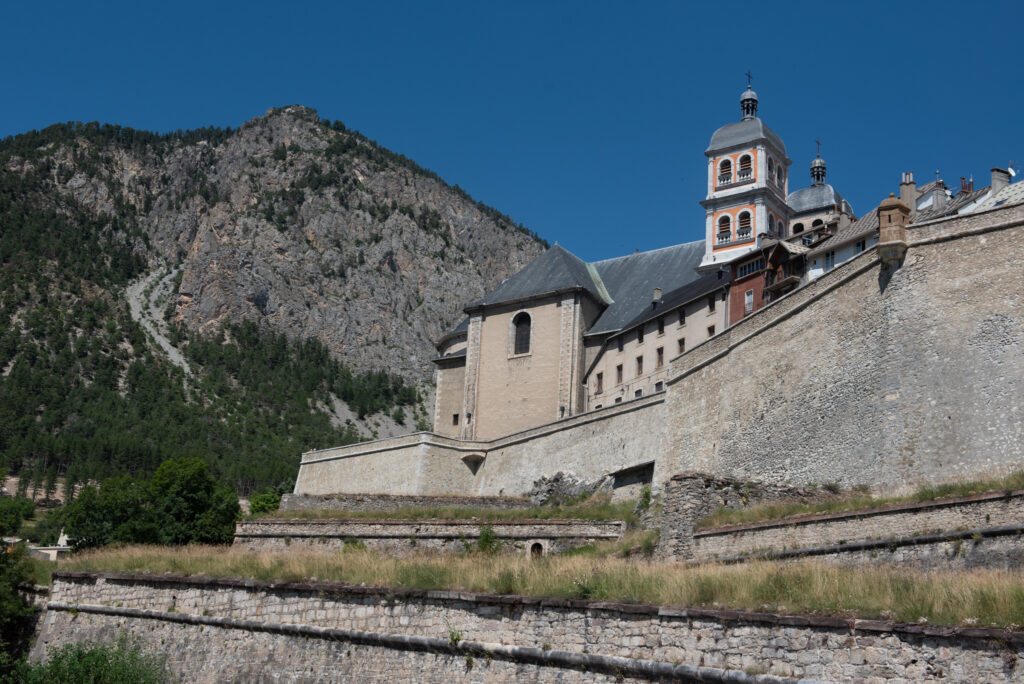
In the 17th century, the Dauphiné is one of the monarchy’s most impoverished regions. The winters are freezing and snowy, the summers scorching and bad harvests frequent. The mountainous territory doesn’t allow for development of industry, and transportation is strenuous on the meagre network of roads, the stone bridges that gap the steep valleys or turbulent mountain rivers are dilapitated. Its strategic position between the Italian Houses in the East and Savoy in the North has made the Dauphiné a battle ground of various wars within the past hundred years. Still, the province is heavily taxed both by Paris and the Vatican. As the two sovereigns lead a bitter battle over the Dauphiné’s taxation, the people, plagued by hunger, poverty and epidemics like the Plague, revolt frequently.
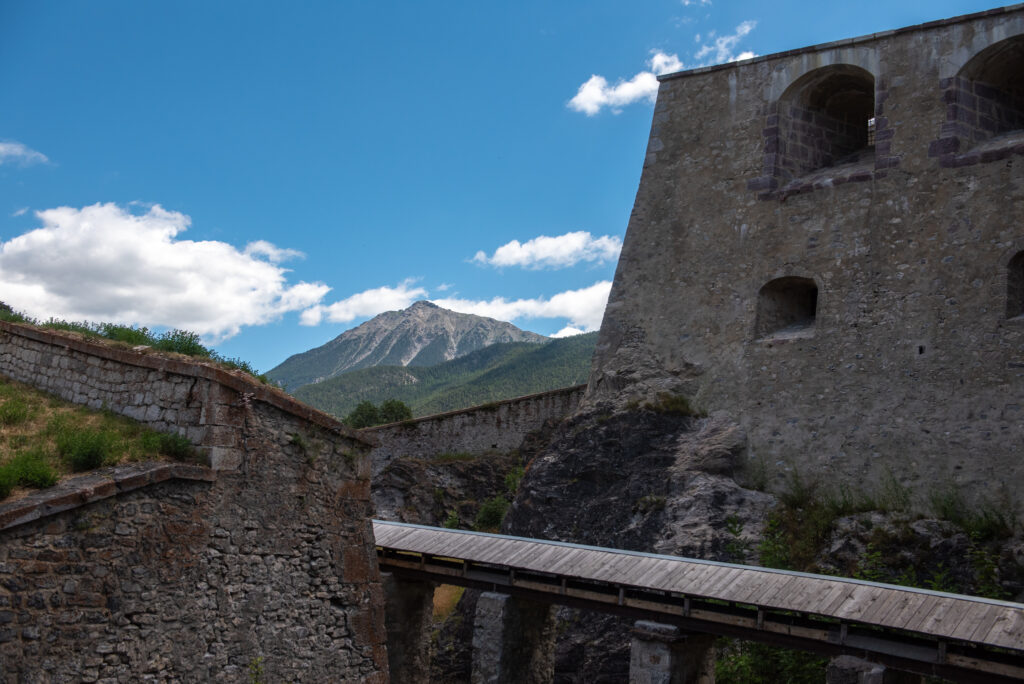
By the time Vauban arrived in Briançon,the city was still in ruins, yet he was impressed with the industriousness. Already the locals were up and about after the Savoyan attack. Briançon was, so he noted in his diary, an example of courage and perseverance.
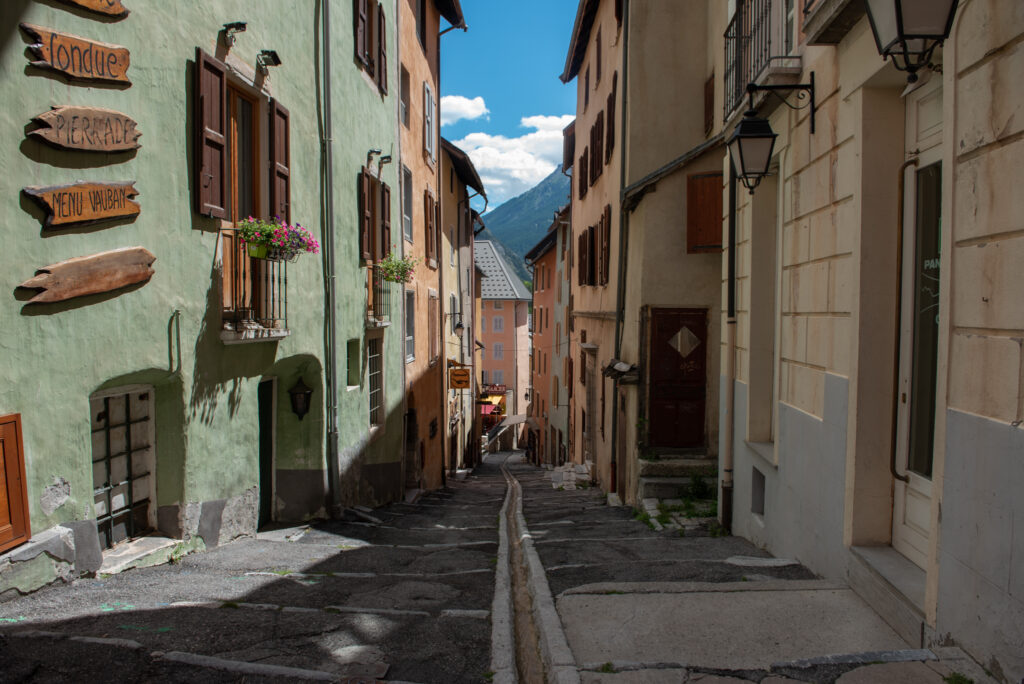
Founded by the Romans in an altitude of 1326m at a strategically important intersection of four valleys, Its Roman name, Brigantium, Place in the Height, was in medieval times, when the settlement was turned into a burgus, changed to Briançon, as it was pronouced in the local language, l’occitan.
Surrounded by pine forests that cradled stone mountain peaks, where lavender sweetened the air and golden eagles patrolled the sky, Briançon was a city of great wealth. As so-called Franko-Burgeois, the people of Briançon were granted certain political freedom and economic privileges, the rights usually reserved to nobles: the right to assemble, the right to elect their representatives, or the freedom of trade. Together with other free-spirited cities in the region, Briançon founded their own republic with special rights and obligations: La République des Escartons, with its leaders, called Dauphins, due to the dolphin in the seal or arms, residing in Briancon. Briançon flourished. By 1345, the city counted four different quarters within the city walls, with a communal oven and market halls, with three fountains, a fire tower, a central canal that ran along the Grande Rue, for the snow melt. There were the palaces of Lombardian bankers, administrative buildings and royal residences. When in 1349, in need of money, Dauphin Humbert II sold his holdings to the King of France, things even improved. Various Catholic orders (the Franciscans, the Dominicans, the Ursulines) that settled within its walls and ran schools at their convents, for both boys and girls. Literacy in the population reached for the time incredible 80%. Crafts, arts and trade were booming. Until, of course, Louis XIV ascended the throne and the religious wars broke out.
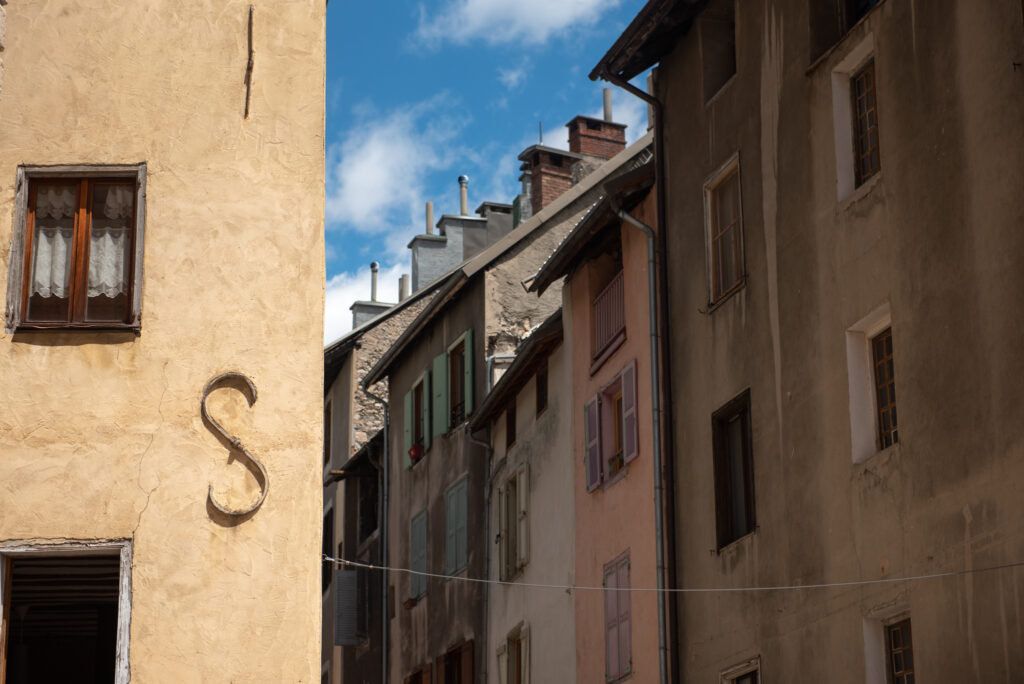
To finance the enlarged army, the sumptuous court in Versaille, and the growing administration, Louis XIV increased taxation. Since the aristocracy and the nobles, and many bourgeois as well were exempted from paying taxes, it was a burden stemmed the under privileged classes only – like the people of the Dauphiné, from whom the Vatican also claimed their toll.
It was this battle between Louis XIV and Innocent XII over the taxation of the Dauphiné that provoked the attack of the Savoyens and the Calvinistic so called Ligue of Augsburg. To appease the Pope Innocent XII by proving to be an ardent catholic he revoked religious freedom of the Huguenots, the French protestants, which led to violent massacres all over France. The Huguenots emigrated in large numbers to overseas. Others resisted and revolted, others searched for refuge in the less accessible provinces in the outskirts of the empire – like the Dauphine. The tumults between Catholics and Protestants weakened the empire, and the protestant Savoyens attacked.
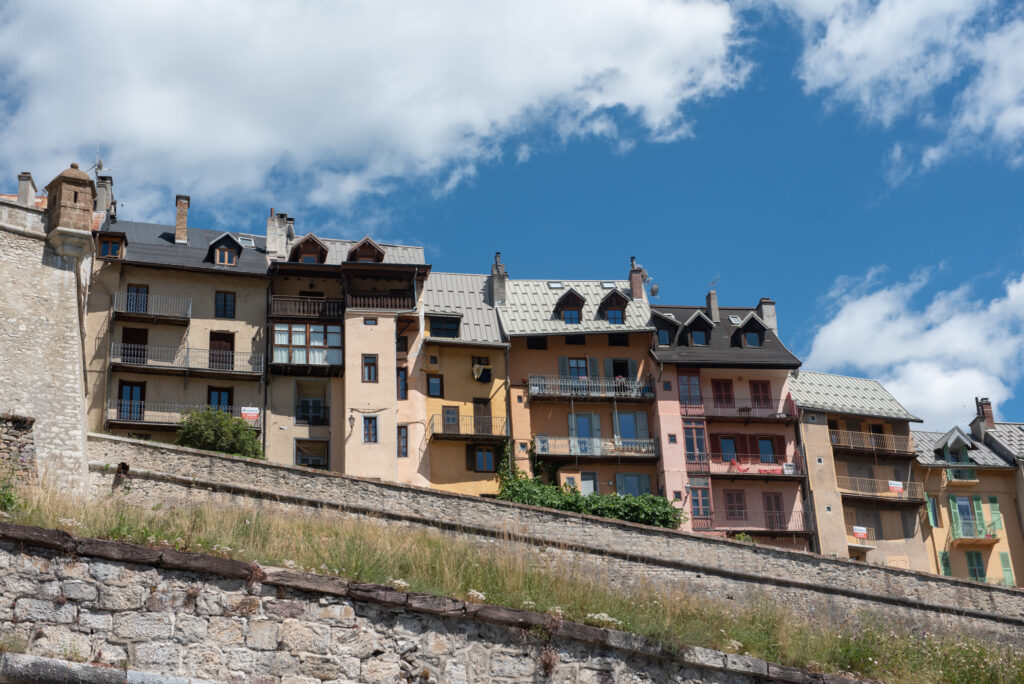
When Vaubun was sent South, he was already a household name for new and novel techniques of warfare. He had built in the North and West of the French empire his trademark star-shaped fortifications which eliminate blind angels, and were connected by subterranean corridors. His motto of strategic war fare was “More powder, less blood!”, searching to minimize bloodshed and loss of soldiers. An usual approach in a feudal, absolutist empire as was the French monarchy under Louis XIV. A military mastermind, he was of course a rational thinker, a strategist not a passionate hothead, a catholic humanist with a protestant lover.
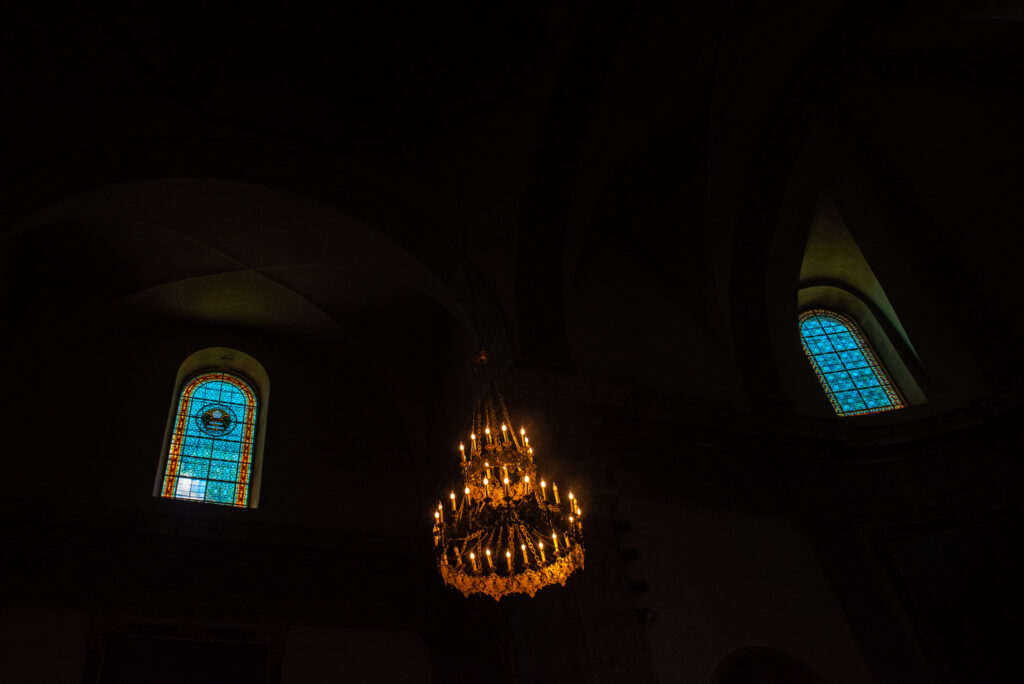
Just as his patron Louis XIV had ordered, Vaubon turned Briançon into a military town. He came up with a system fortifications that connected the surrounding peaks, protecting both the city, and each other. He designed garrisons and also new cathedral. However, he would never see the finalization of his Alpine master work. He died in 1707.
By the end of his life, Vaubun, had turned away from military towards philosophical matters, especially the Enlightenment. He published a treatise, La Dime Royale, in which he advocated for a new fiscal concept of free trade, tax exemptions for the poor and relief programs for those touched by the famines. Not surprisingly, these ideas went down less well with the court.
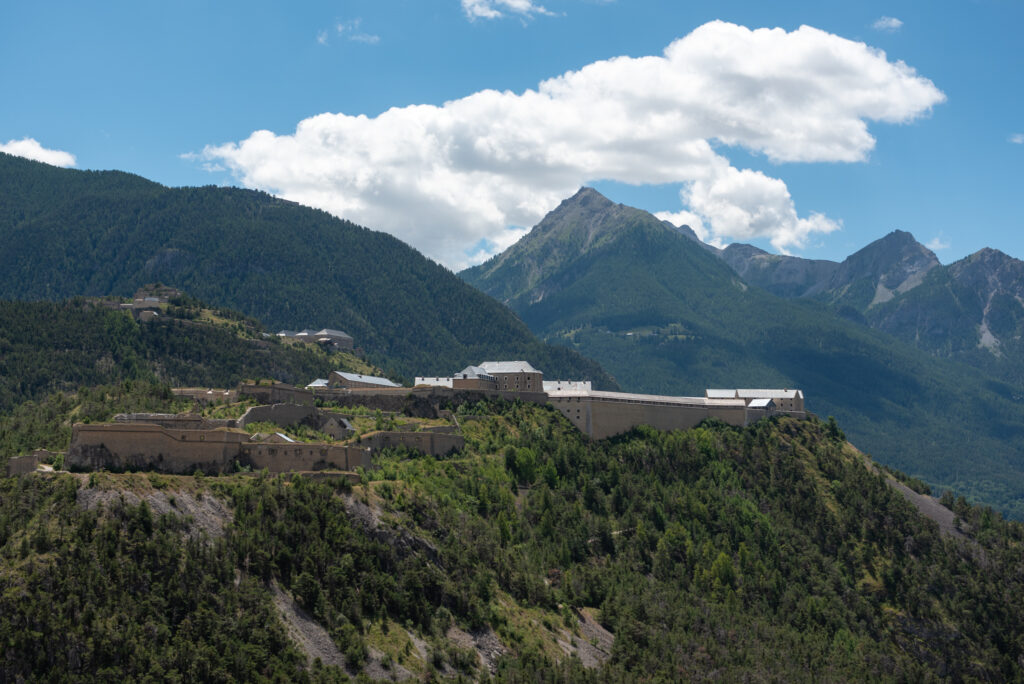
More than 100 years after his death, Briançon was again under attack. In 1814, after Napoleon had suffered his proverbial Waterloo, the Austrians seized the moment and attacked France. But they were halted at the indestructible doors of Briançon, where, after a three-month siege they were chased away by the Chasseurs Des Alpes, an army of local mercenaries quickly put together for the occasions. They are to this day one of the French Republic’s elite armies.
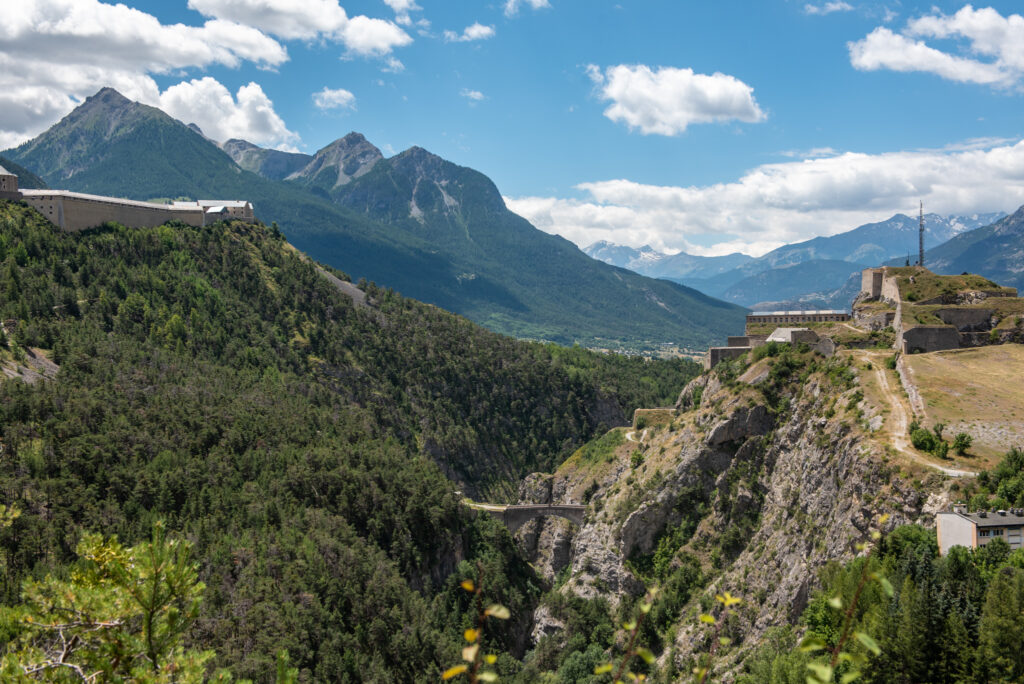
Briançon was again besieged in 1943 – the Italian fascists also never managed to enter the city. They were chased away not by locals, though, but by an African battalion made up from Moroccan soldiers.
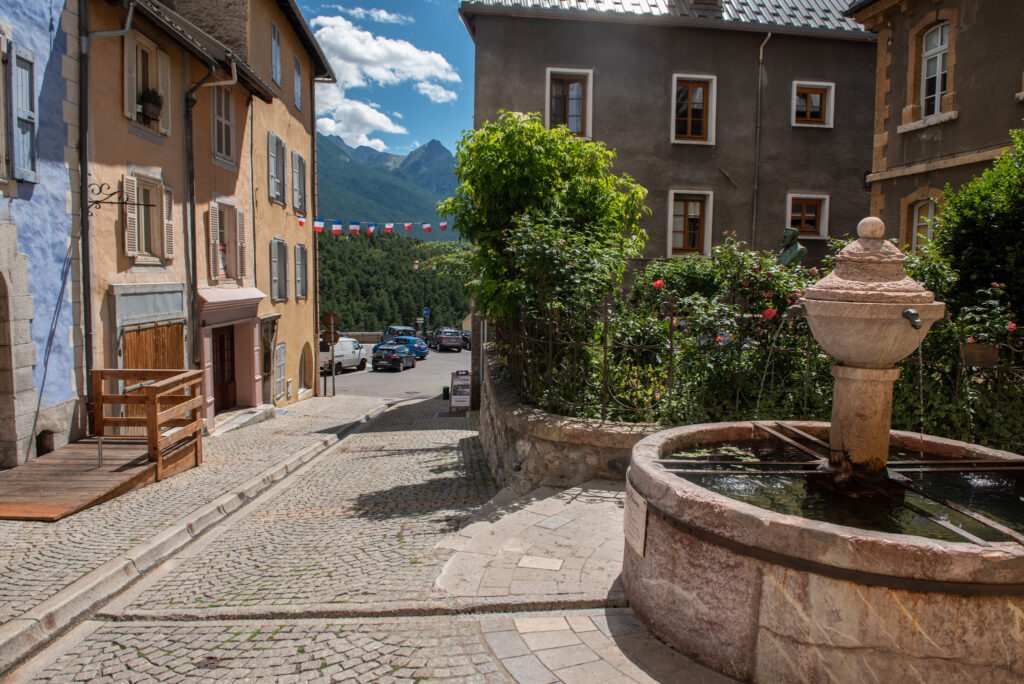
Nowadays, in the 80 years of peace and tranquillity, Briançon still relies on Vauban’s talent. The city was declared “Cité de Vauban” and UNESCO World Heritage in 2008, which turned Briançon in an important tourist destination, and thereby bringing back the wealth and metropolitan flair the city once enjoyed. Granted, many tourists come to ski in the snow rich winters, others to hike and bike in the summer sun when the scent of wild lavender and pine again sweetens the light blue skies. But the old town is bustling – cafés, restaurants are filled with people touring the old fortifications, incredulous how all this was built so long ago into the steep slopes, the rocky gorges, and still stood tall, braving the weather, the frost and the lichens. Stonewalls built in times of bloodshed, hate and destruction are now a shared heritage in a Europe free of borders and wars.

